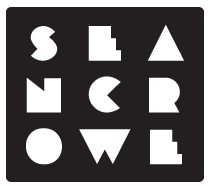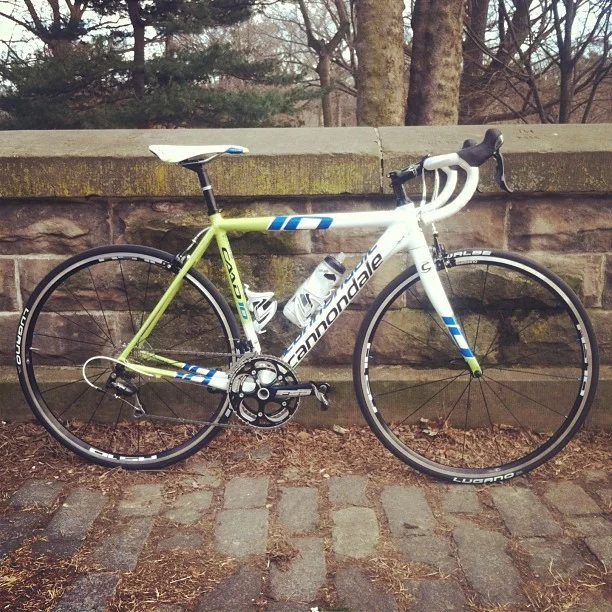A story about misaligned user expectations and technical logic.
I’ve been cycling since I was 12 in some form or another. As a teenager it was BMX. As an adult its been a slow progression from tooling around on an old road bike, to a fixed gear, to a 5 speed and recently a new 18 speed road bike. It’s not the cheapest (and by no means most expensive), but I’d call it a quality bike.
This upgrade has also meant switching to brake levers with integrated shifting controls (aka STI). So each brake lever is made of two individual levers, a big one and a small one. When riding, I can pull the lever towards myself to brake. I can also push the big or small lever sideways to shift up or down. I can do that with both the left and right brake levers, creating a total of 4 individual levers: 2 big and 2 small.
The left brake lever controls the gears of the main chainwheel (the one attached to the cranks you turn with your feet) and the right brake lever controls the rear-cassette attached to the back wheel. On my bike, the chainwheel has 2 gears and the rear-cassette has 9 gears of various sizes.
As a rider, this means that shifting with the left brake lever creates large changes in pedaling effort, and shifting with the right brake lever creates small changes in pedaling effort. As I ride, I can shift the chainwheel and rear-cassette to find a combination that is a comfortable pedaling effort and desired speed.
I’ve been riding my new road bike for over a year now and I still shift wrong.
My confusion is with how the four shifting levers are paired with gear changes. Technically its quite logical;
the big lever changes to a bigger gear
the small lever changes to a smaller gear
At first glance this sounds pretty straightforward since the functionality focused on the relationship with the technical gear size. Problem is that I constantly forget which of the two levers makes it easier to pedal vs. harder to pedal.
So how does gear size relate to pedaling effort?
The left big lever makes it drastically harder to pedal as it goes to a bigger gear, where as using the right big lever makes it slightly easier to pedal as it goes to a bigger gear. Technically this is all due to the gearing ration between chainwheel and rear-cassette, but its goes against my desired outcomes and mental model.
As a rider, I want to associate a lever size with pedaling effort.
As I ride along, I’m mostly concerned with how hard or easy it is to pedal. I’m not concerned with the exact gear-size ratio. I’m not an “expert” enough cyclist to keep track of gear ratios in my head, and my mental model of what I want to do while riding does not match the technical setup of the system.
For example, using the big shift lever on either side should always decrease my pedaling effort (make it easier) and the small shift lever should always increase my pedaling effort (make it harder).
Its important to focus on the user’s perspective and desired outcomes
I deal with this type of situation in my job designing digital products and services. One way to design a system is based on the most logical way to engineer it, but this may often frustrate or confuse the people who actually use the interface to complete their goal. People may eventually learn the system’s eccentricities finding hacks to accomplish goals or they’ll end up doing actions multiple times before they get it right. If they can’t hack it, then they’ll just abandon it and find something better (if that’s an option).
The other way is to design a system based on the best way to help the people using the interface complete their goals. It may take more time and additional engineering effort, but in the end people will be able to use the system more effectively and will be more likely to continue to use the product.
With my bicycle, I’m going to go down to the local shop and see if its possible to reroute some cables and change the relationship of shift lever to gear size. If not I could always research other brake lever systems to see if anyone else has thought of supporting my rider-centric, pedaling-effort based mental model.
If all else fails, I guess I’ll just have to deal with what I have and eventually remember to not make it harder to pedal uphill.







